
The 1st Section of the Superior Court of Justice (STJ) has established a new legal understanding that allows for the garnishment of company revenue without the need to exhaust all efforts to locate other assets.
The thesis set by the court, when judging topic 769, states that, after the reform of the Civil Procedure Code of 1973 by Law 11.382, it is no longer necessary to exhaust all diligence efforts to impose a garnishment on a company’s revenue. Under the 2015 CPC regime, revenue garnishment, which occupies the tenth position in the preferential order of assets subject to attachment, can be applied after demonstrating the absence of assets in higher positions on the list or, alternatively, when identified by the judge that such assets are difficult to sell.
Legal Aspects and Precedents
The garnishment of a company’s revenue is an execution measure that allows the creditor to access a portion of the debtor company’s gross revenue to satisfy a debt. This measure is provided for in Article 835, item X of the Civil Procedure Code of 2015 (CPC/15), but its application is complex, as it involves considerations about the financial viability of the debtor company.
Historically, garnishment of revenue was only considered after all other efforts to locate more liquid and less burdensome assets for the debtor were exhausted. However, the recent STJ decision on topic 769 of repetitive appeals changed this interpretation, removing the need for diligence exhaustion to allow direct garnishment of revenue.
Change after the Reform of CPC/73 by Law 11.382/2006
The reform introduced by Law 11.382/2006 in the CPC/73 had already modified the order of preference for assets to be garnished, including company revenue more explicitly in the possibilities of garnishment. However, it was only with the CPC/15 that the issue was detailed further, placing revenue garnishment as one of the last options on the preference list, precisely because of its potentially invasive and harmful nature to the operations of the debtor company.
Principle of Least Onerousness
The principle of least onerousness, provided for in Article 805 of the CPC/15, is central to this discussion. It guides that the execution must be carried out in the least burdensome way for the debtor. Therefore, when applying garnishment on revenue, a percentage must be considered that does not make the business activities unfeasible. This percentage should be based on concrete elements about the financial situation of the company, avoiding generic or abstract approaches.
This guidance from the STJ and subsequent state decisions indicate an evolution in the interpretation and application of the concept of revenue garnishment, emphasizing the need for a specialized administrator to assess the financial situation of the company and ensure a balance between satisfying the credit and preserving business activities.
Jurisprudence on the Topic
Jurisprudence has evolved to accept garnishment of revenue without the prior exhaustion of other measures, provided that it is justified by the difficulty of locating other attachable assets or the ineffectiveness of those measures. The STJ’s decision, therefore, confirms this trend and provides a more solid basis for its application, especially favoring public creditors, such as the National Treasury, in recovering credits.
Garnishment Administration
Essentially, garnishment of revenue requires the appointment of an administrator or custodian who will be responsible for drafting an appropriate payment plan, submitting it for judicial approval, and managing the garnished amount. This administrator must have in-depth knowledge of the company’s financial situation to propose a plan that meets the creditor’s interests without compromising the viability of the debtor company.
Practical Implications
This STJ decision represents a significant relaxation in the execution procedure, allowing for a more direct and potentially effective approach to credit recovery, especially in contexts where other forms of garnishment prove ineffective or impractical.
However, the application of this measure can be delicate, as it involves the sustainability of business operations. The decision to apply garnishment on revenue without exhausting other efforts should be carefully considered by the judge, taking into account all aspects of the specific case, including the financial health of the company and the creditor’s justification for requesting such a measure directly.